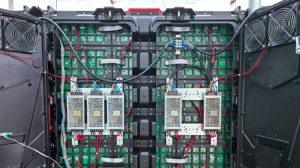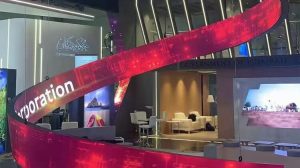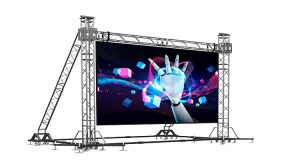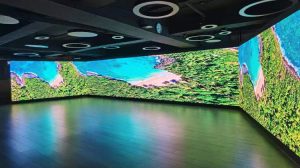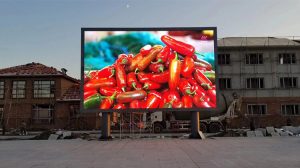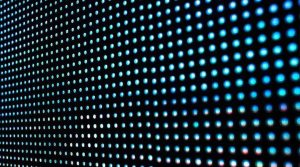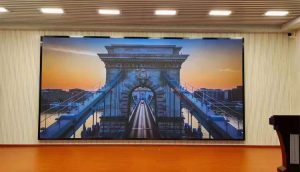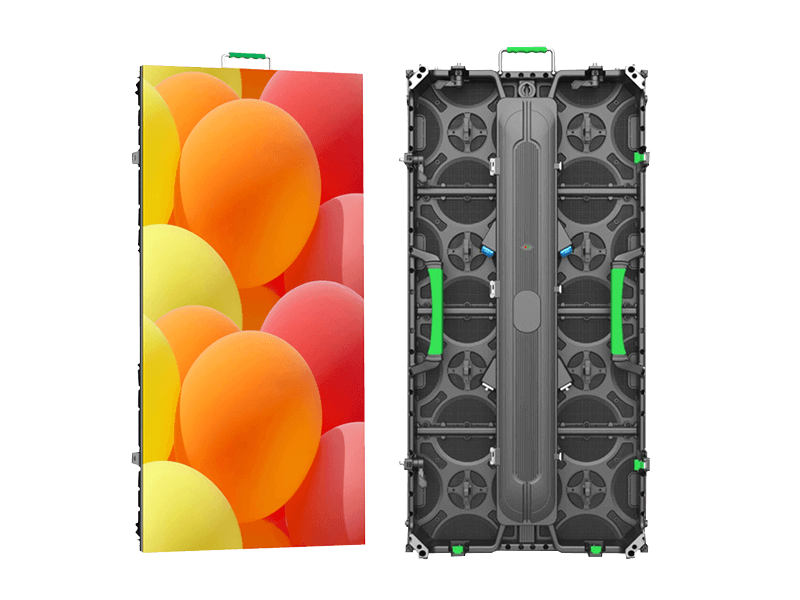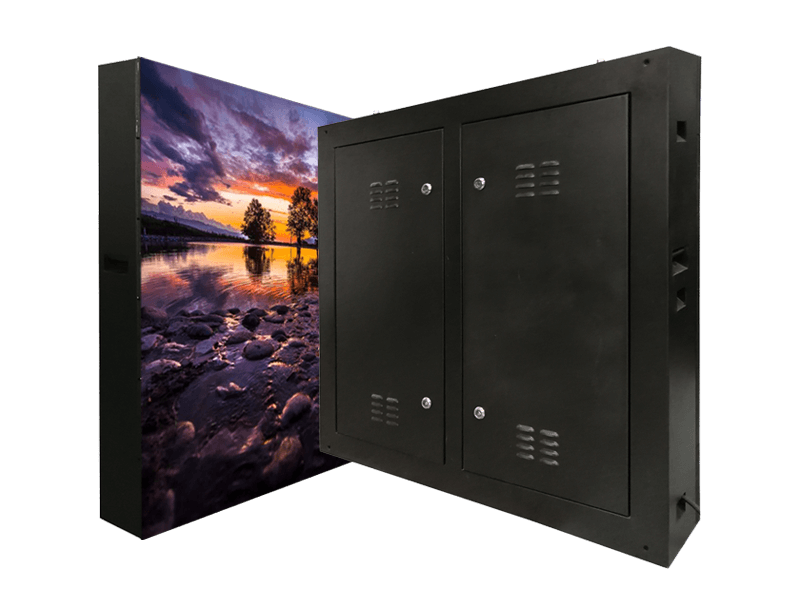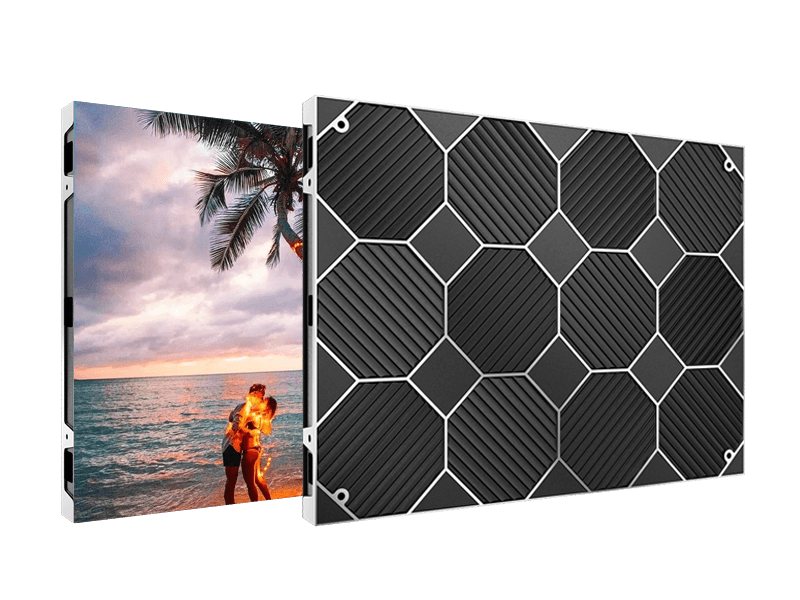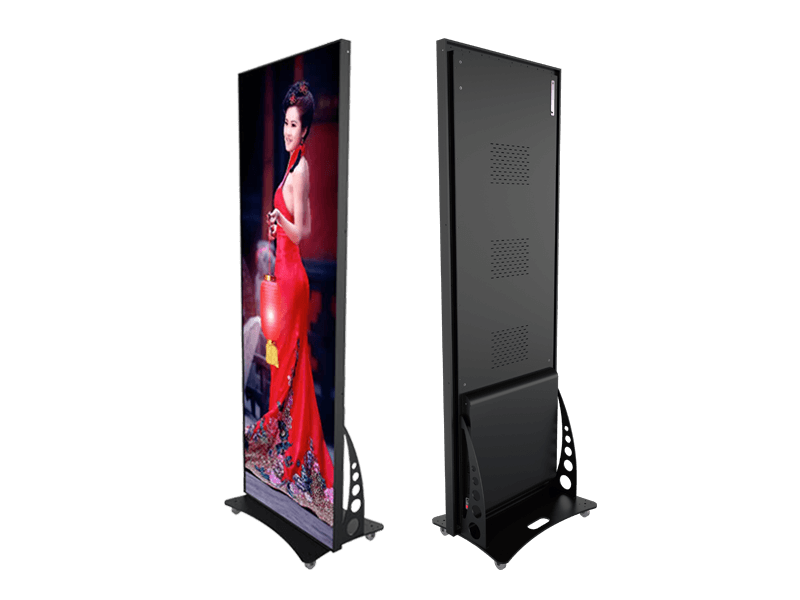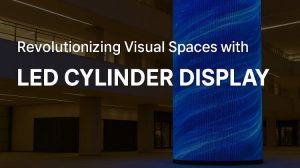
Recognize the LED display (I) — basic concepts
Recognize the LED display (I) — basic concepts
LED display screens are mainly used for indoor and outdoor advertising, display, performance, and other purposes. They are commonly installed on the exterior walls of commercial buildings, along traffic arteries, public squares, indoor stages, conference rooms, studios, banquet halls, command centers, etc., capable of displaying multimedia information such as videos, images, and text.

Composition of LED Display Screens:
Overall, LED display screens consist of four main components: modules, power supplies, cabinets, and control systems.
Modules are the display components, consisting of circuit boards, ICs, LED lights, and plastic enclosures. They display videos, images, and text by controlling the brightness of red, green, and blue (RGB) LED lights.
Power supplys converts 110V/220V AC power into 5V DC power to drive the modules.
Cabinets serve as the framework and housing of the LED display screen, providing structural support and waterproofing.
Control system acts as the brain of the LED display screen, controlling the brightness of the LED matrix through circuits to display different images. The control system includes controllers and control software.
Additionally, a complete LED display screen system usually requires peripherals such as computers, distribution cabinets, video processors, speakers, amplifiers, air conditioners, smoke detectors, light sensors, etc., depending on the situation. Not all of these devices are necessarily required.

Pixel Pitch of LED Display Screens:
Pixel pitch is the most important parameter of LED display screens, typically represented as Px. For example, P10 indicates a pixel pitch of 10mm, P5 indicates a pixel pitch of 5mm, and P3.91 indicates a pixel pitch of 3.91mm. It determines the clarity of the display screen. Smaller numbers indicate higher clarity, but also higher prices. Generally, P10 is considered suitable for viewing from around 10 meters away, P5 for viewing from around 5 meters away, and so on.

Installation of LED Display Screens:
Installation methods generally include wall mounting, pillar mounting, hanging installation, and floor installation. A framework structure is typically required, fixed to solid objects such as walls, rooftops, or the ground, with the display screen attached to the framework structure.

Use of LED Display Screens:
Install LED display screen editing software on a computer or smartphone, create programs within the software, and then transmit them to the display screen via Ethernet, fiber optics, Wi-Fi, or 4G/5G for playback.
Copyright © 2026 Singheng Optoelectronics Co., Ltd.
Contact Us
We look forward to hearing from you! Please leave your email and contact information, and we will get back to you as soon as possible. Thank you!
Contact Info
- Singheng Optoelectronics Co., Ltd.
- +86 137 5108 4336
- WhatsApp : +86 137 5108 4336
- Wechat : 137 5108 4336
- [email protected]
- http://www.singhengled.com
- Building 15, Hongfa Industrial Zone, No. 91 Tangtou Avenue, Shiyan Sub-district, Bao'an District, Shenzhen, China

Products
- Rental LED Display
- Outdoor Fixed LED Display
- Indoor Fixed LED Display
- LED Poster Display
- Transparent LED Display
- Flexible LED Display
- All-in-One LED Conference Machine
- Stadium LED Display
- Floor LED Display
- LED Advertising Vehicle
- LED Cube
- LED Spherical Screen
- LED Module
Copyright © 2026 Singheng Optoelectronics Co., Ltd.

